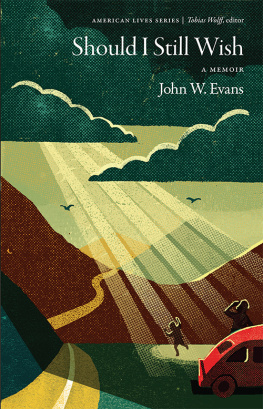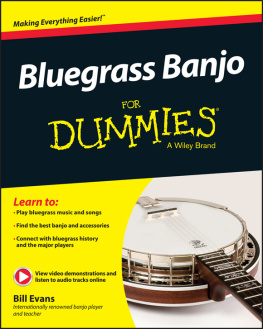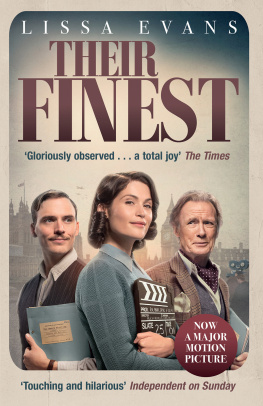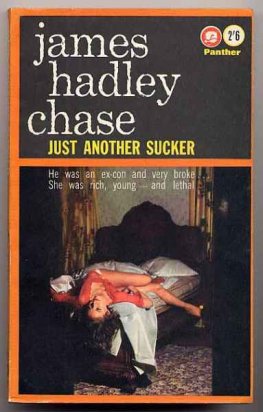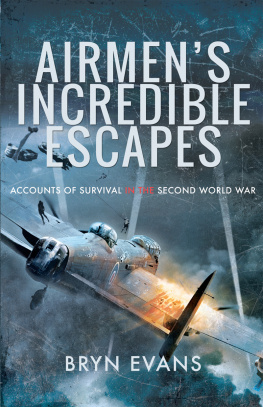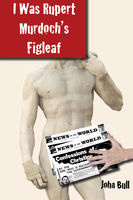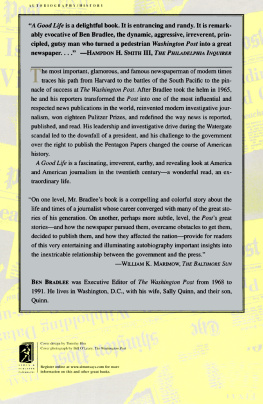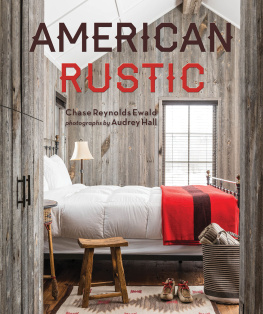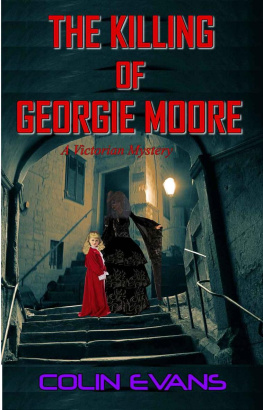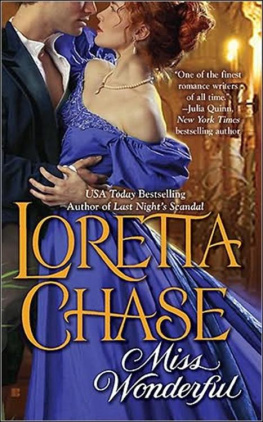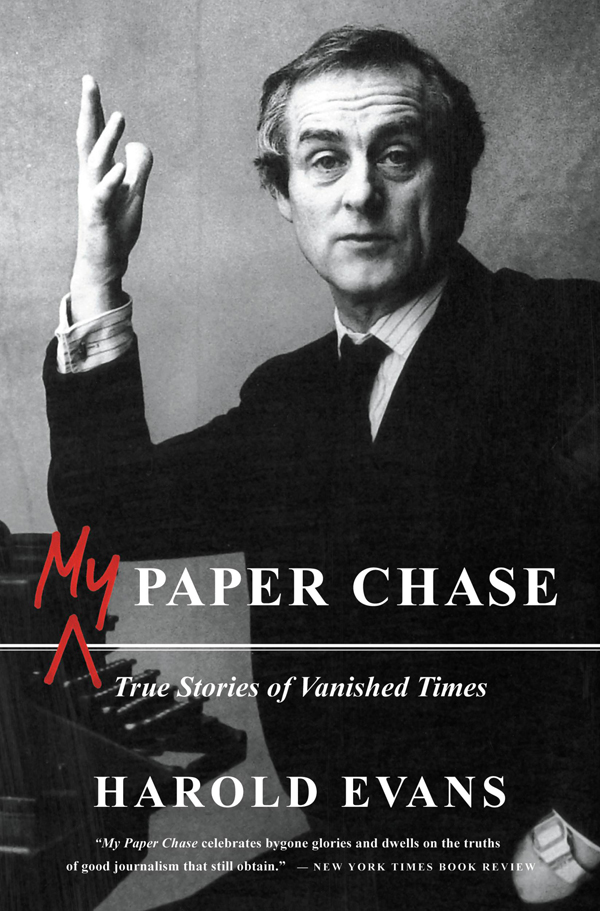
Copyright 2009 by Harold Evans Associates LLC
All rights reserved. Except as permitted under the U.S. Copyright Act of 1976, no part of this publication may be reproduced, distributed, or transmitted in any form or by any means, or stored in a database or retrieval system, without the prior written permission of the publisher.
Little, Brown and Company
Hachette Book Group
237 Park Avenue, New York, NY 10017
Visit our website at www.hachettebookgroup.com
www.twitter.com/littlebrown
First eBook Edition: November 2009
Little, Brown and Company is a division of Hachette Book Group, Inc.
The Little, Brown name and logo are trademarks of Hachette Book Group, Inc.
Credits for endpaper photographs: taking an oath (top left): Dafydd Jones; with Tina on Queen Mary 2: Cunard; Rupert Murdoch (under Good Times, Bad Times): Jane Bown; caricature: Gerard Scarfe; with Tina (under Murdoch): George Brown; with Henry Kissinger: UPI; ship launch (bottom left): Colin Theakston; skiing: Bryan Wharton; sketch of St. Anns (top right): Manchester Evening News, Bert Hackett; with President Clinton on Air Force One: Official White House Photo; thumbs up on winning Crossman trial, with Mrs. Anne Crossman and Graham Greene: Press Association; RAF office with German prisoner Walter Greis (next to Traveler): Herbert Gale; editing: Neil Libbert; St. Marys Road Central School (bottom right): courtesy of Newton Heath Historical Society and Peter Charlton.
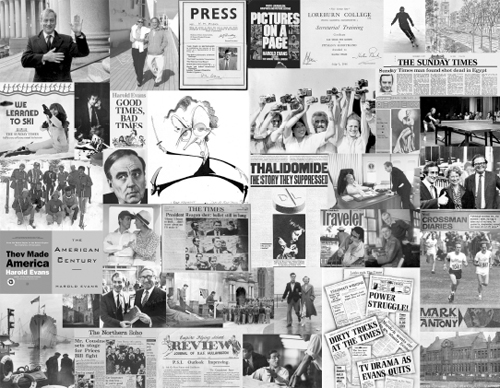
Copyright acknowledgments appear on page .
ISBN: 978-0-316-09207-4
ALSO BY HAROLD EVANS
They Made America:
From the Steam Engine to the Search Engine; Two Centuries of Innovators
(with Gail Buckland and David Lefer, 2004)
War Stories:
Reporting in the Time of Conflict from the Crimea to Iraq (2003)
The BBC Reports: On America, Its Allies and Enemies, and the Counterattack on Terrorism
(BBC Corporation and Harold Evans, 2002)
The Index Lecture: View from Ground Zero
(lecture prepared for the Hay-on-Wye Festival, 2002)
The American Century (2000)
Good Times, Bad Times (1984)
Eyewitness (1981)
Suffer the Children: The Story of Thalidomide (with the Sunday Times Insight Team, 1979)
We Learned to Ski (with Brian Jackman and Mark Ottoway, 1975)
The Freedom of the Press:
The Half-Free Press (with Katharine Graham and Lord Windlesham, 1974)
Editing and Design (five volumes: Essential English, Newspaper Design, Text Typography, Newspaper Headlines, and Pictures on a Page, with Edwin Taylor, 1973)
The Active Newsroom
(with the International Press Institute, 1961)
Dedicated to my granddaughters, Emily and Anna
The Vanished Newspaper Office
If you had x-ray eyes and looked on any newspaper building in most of the years of our vanished century, this is what youd have seen behind the brick facade: the stacked floors of worker ants and machinery transmuting the typewritten word into newsprint. Starting in the sixties in the United States but delayed until the eighties in Britain, computer terminals replaced the typewriters and editing pencils (1st floor) and the Linotype machines (3rd floor).
Basement
The reel room and the presses. One pressman is objecting to the shape of the plate he is supposed to fit on the rotary press and another is having too good a time to notice a coworker has disappeared.
Ground floor (left)
The foundry casts plates for the presses in between a hand of cards. Right, the newspaper bundles on the way to the world.
1st floor
On the left, the reporters and copy-takers; center, the subs; and right, the wire room collecting agency dispatches and photos. The big man in the subs room collaring a copy boy is the chief sub-editor, who designs the pages and gives orders to galley slaves of sub-editors who sit in front of him with their spikes and glue pots and perplexities of copy-fitting and headline writing. They feed edited copy to the pneumatic tube, sustained all day by infusions of tea.
3rd floor
Linotype operators
Top floor
Proofreaders
Ive long treasured the drawing by an art student at Manchester University (who preferred to be known just as Caesar). Attracted by his work in the student publications when I was covering the university, I commissioned him to come to the Manchester Evening News to sketch the operations for my stint in the fifties as editor of the spoof newspaper the Manchester Guardian and Evening News, put out during the universitys annual Rag week of raising money for charity. Caesars drawing prefigured Martin Handfords Wheres Waldo? puzzle gamesand, yes, Im in there somewhere, in prominent spectacles.
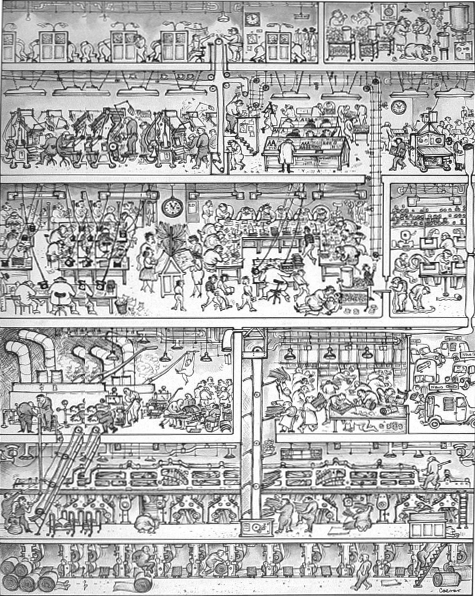
Knowledge will forever govern ignorance and a people who mean to be their own governors must arm themselves with the power which knowledge gives.
James Madison to W. T. Barry,
August 1822

Vanished Times

T he most exciting sound in the world for me as a boy was the slow whoosh-whoosh of the big steam engine leaving Manchester Exchange station for Rhyl in North Wales. Every year as summer neared I counted the days to when the whole familysix of us thenwould escape the bleakness of northern winters, taking the train for a week at the seaside, buckets and spades in hand.
I was nearly twelve the summer I saw the bodies of the soldiers scattered about the sands.
The soldiers were so still, their clothing so torn, their faces so pale, they looked as if they had died where they fell. And yet they had escaped death, unlike thousands of their comrades left on the battlegrounds of northern France; thousands more were on their way to years in German internment camps. The men I saw were the lucky ones, a few hundred of the 198,229 of the British Expeditionary Force (BEF) who just days before in MayJune 1940 had fought their way to Dunkirk. Twenty-four hours before we saw them, they had been on that other beach, being hammered from the air by Stuka dive-bombers, strafed by the machine guns of Messerschmitts, rescue ships ablaze offshore, and every hour the German panzers closing the ring. They were a forlorn group, unshaven, some in remnants of uniforms, some in makeshift outfits of pajamas and sweaters, not a hat between them, lying apart from the rows of deck chairs and the Punch-and-Judy show and the pier and the ice-cream stands. Most of the men who were evacuated had been sent to bases and hospitals in the south of England, but several thousand had been put on trains to seaside resorts in North Wales, where there were army camps and spare beds in the boardinghouses. The bulk of the men sprawled on the Rhyl beach were members of the Royal Corps of Signals attached to artillery regiments; some sixty-four officers and twenty-five hundred other ranks had been sent to the Second Signal Training Center at Prestatyn, which shared six miles of sand with Rhyl.
Next page

